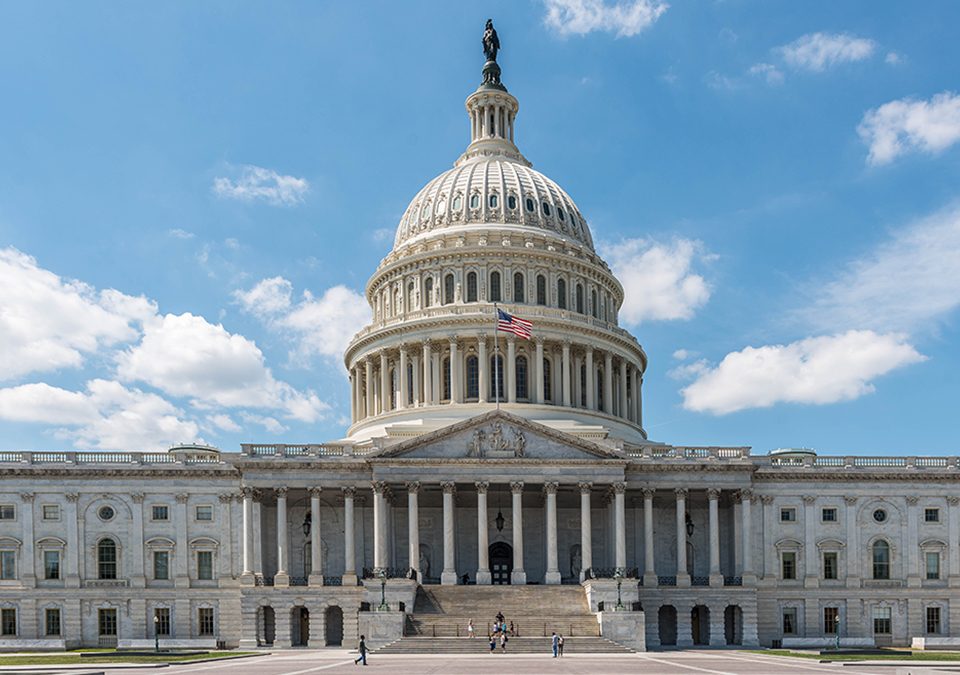Stimulus Legislative Recap
In March, Congress passed Phases 1-3 of COVID-19 stimulus funding. This was comprised of an initial $8.3b Phase 1 bill for government agencies handling the response, a roughly $100b Phase 2 bill supplementing unemployment and other programs, and a $2t Phase 3 bill (The CARES Act) providing cash payments to individuals and an assortment of payroll and small business loan programs. All of these bills have been passed by voice votes due to Congress being hunkered down outside of Washington, but this could change shortly. Despite House Democrats aborting the House’s planned return next week due to fears of contracting the virus, Senate Republicans are pushing to bring the Senate back in session. This could complicate additional stimulus legislation as lawmakers, at least in the Senate, would have to answer for their recorded votes. This could lead to a potentially sticky situation for Republicans with constituencies that are skeptical of seemingly unlimited government bailouts at the expense of future fiscal years, and Democrats with constituencies that are disdainful of what they see as billions in corporate bailouts at the expense of more immediate direct payments to individuals and families.
Stimulus Phase 3.5
Passed the third week of April, Phase 3.5 was aimed to bolster the ailing PPP fund. It included $100b for hospitals and health systems, as well as a litany of other funding provisions:
- Expanded the authorization level for the Paycheck Protection Program from $349 billion to $659 billion.
- Increased the appropriation level for the Paycheck Protection Program from $349 billion to $670.335 billion.
- Increased the authorization level for the Emergency Economic Injury Disaster (EIDL) Grantsfrom $10 billion to $20 billion.
- Allowed agricultural enterprises as defined by section 18(b) of the Small Business Act (15 U.S.C.647(b)) with not more than 500 employees to receive EIDL grants and loans.
- Created a set-aside for Insured Depository Institutions, Credit Unions, and Community Financial Institutions for the PPP. Community Financial Institutions are defined as minority depository institutions, certified development companies, microloan intermediaries, and state or federal credit unions.
- Provided additional funding for the PPP through:
- $30 billion for loans made by insured depository institutions and credit unions that have assets between $10 billion and $50 billion
- $30 billion for loans made by community financial institutions, small insured depository institutions, and credit unions with assets less than $10 billion.
Phase 4 (TBD)
Congressional Democrats are already calling for a Phase 4 of bailouts amid concerns that original stimulus payments and loan programs were simply not enough to fill the void. While Republicans have commented they would like a breather from passing any more funding until the full effects of previous efforts can be analyzed, both sides of the aisle are certainly interested in securing more money for their constituencies:
- Democratic sources revealed that Sen. Schumer told fellow Democratic Senators on a conference call last week that there will be a “Phase 4” bill
- Some of the top priorities Senate Democrats are pushing include funding for state and local governments, rental assistance, election integrity, the Postal Service, and others.
- House Speaker Nancy Pelosi commented this week that she wants more funding for testing and hospitals. Those demands at this point are rather uncontroversial and would likely be included in further stimulus packages.



